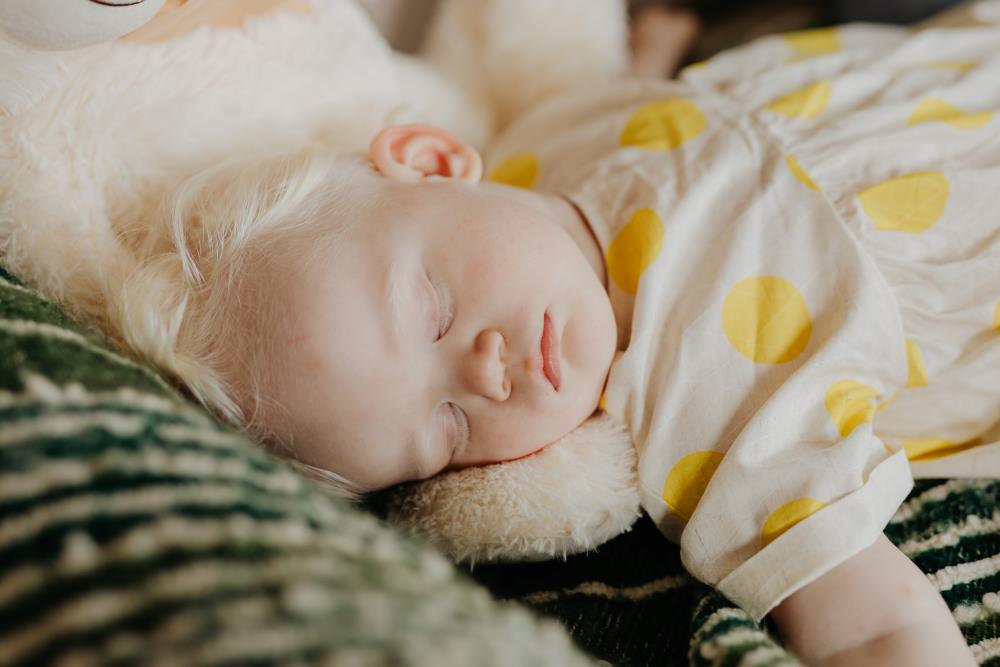Toddlers need adequate sleep to support their growth and development. However, creating a sleep friendly environment for them can be a challenge, especially if they are easily distracted or have trouble settling down. Let’s explore some tips and strategies for creating a calming and restful sleep environment for your toddler.
How to Create a Sleep Friendly Environment for Toddlers.
- Create a Comfortable Bed
- Control the Temperature
- Block Out Light and Noise
- Establish a Bedtime Routine
- Limit Screen Time
- Provide a Comfort Object
- Use Aromatherapy
- Minimize Clutter
- Address Anxiety and Nightmares
- Be Consistent and Patient
-
Create a Comfortable Bed
The first step in creating a sleep-friendly environment for your toddler is to ensure they have a comfortable bed to sleep in. Invest in a good-quality mattress and choose bedding that is soft and cozy. Avoid using pillows, blankets, or bedding that can pose a suffocation risk. If your toddler is transitioning from a crib to a bed, consider using bed rails to prevent falls and provide a sense of security.
-
Control the Temperature
Maintaining a comfortable temperature in your toddler’s bedroom is essential for promoting quality sleep. The ideal temperature for sleep is between 60 and 67 degrees Fahrenheit. Use a thermometer to monitor the temperature and adjust the thermostat or use a fan or heater as needed to maintain a consistent temperature throughout the night.
-
Block Out Light and Noise
Light and noise can be major distractions for toddlers when trying to fall asleep. Use blackout curtains or shades to block out light and reduce noise as much as possible. If your toddler is still sensitive to noise, consider using a white noise machine or a fan to create a calming background noise whilst they fall asleep then you can turn if off once they are fast asleep.
-
Establish a Bedtime Routine
Establishing a consistent bedtime routine can help your toddler wind down and prepare for sleep. A bedtime routine can include activities such as reading a book, taking a bath, brushing teeth, and singing a lullaby. Consistency is key when it comes to bedtime routines, so try to follow the same routine every night.
-
Limit Screen Time
Excessive screen time before bedtime can interfere with your toddler’s ability to fall asleep. Avoid allowing your toddler to use electronic devices, watch TV, or play video games for at least an hour before bedtime. Instead, encourage quiet activities such as reading or drawing to help them wind down.
-
Provide a Comfort Object
Many toddlers find comfort in having a special object such as a stuffed animal or blanket to sleep with. If your toddler has a comfort object, make sure it is safe and clean. Consider purchasing an extra one to have on hand in case the original gets lost or damaged.
-
Use Aromatherapy
Aromatherapy can be a natural way to promote relaxation and better sleep. Use essential oils such as lavender, chamomile, or eucalyptus in a diffuser or spray to create a calming scent in your toddler’s bedroom. Be sure to use high-quality oils and always follow instructions for safe use.
-
Minimize Clutter
A cluttered and disorganized bedroom can be overstimulating for toddlers and make it difficult for them to relax. Keep the bedroom tidy and organized, with only essential items such as a dresser, nightstand, and bed. Remove any toys or clutter that may be distracting or overstimulating.
-
Address Anxiety and Nightmares
If your toddler is experiencing anxiety or nightmares, it can significantly impact their ability to fall asleep and stay asleep. Address any underlying concerns and provide comfort and reassurance. Consider using relaxation techniques such as deep breathing or progressive muscle relaxation to help them relax and fall asleep.
-
Be Consistent and Patient
Creating a sleep-friendly environment for your toddler takes time and patience. Be consistent in your efforts and don’t give up if you don’t see immediate results. It may take several weeks for your toddler to adjust to a new sleep routine or environment and start practicing good sleep habits. Be patient and stay committed to creating a healthy sleep environment for your toddler.
